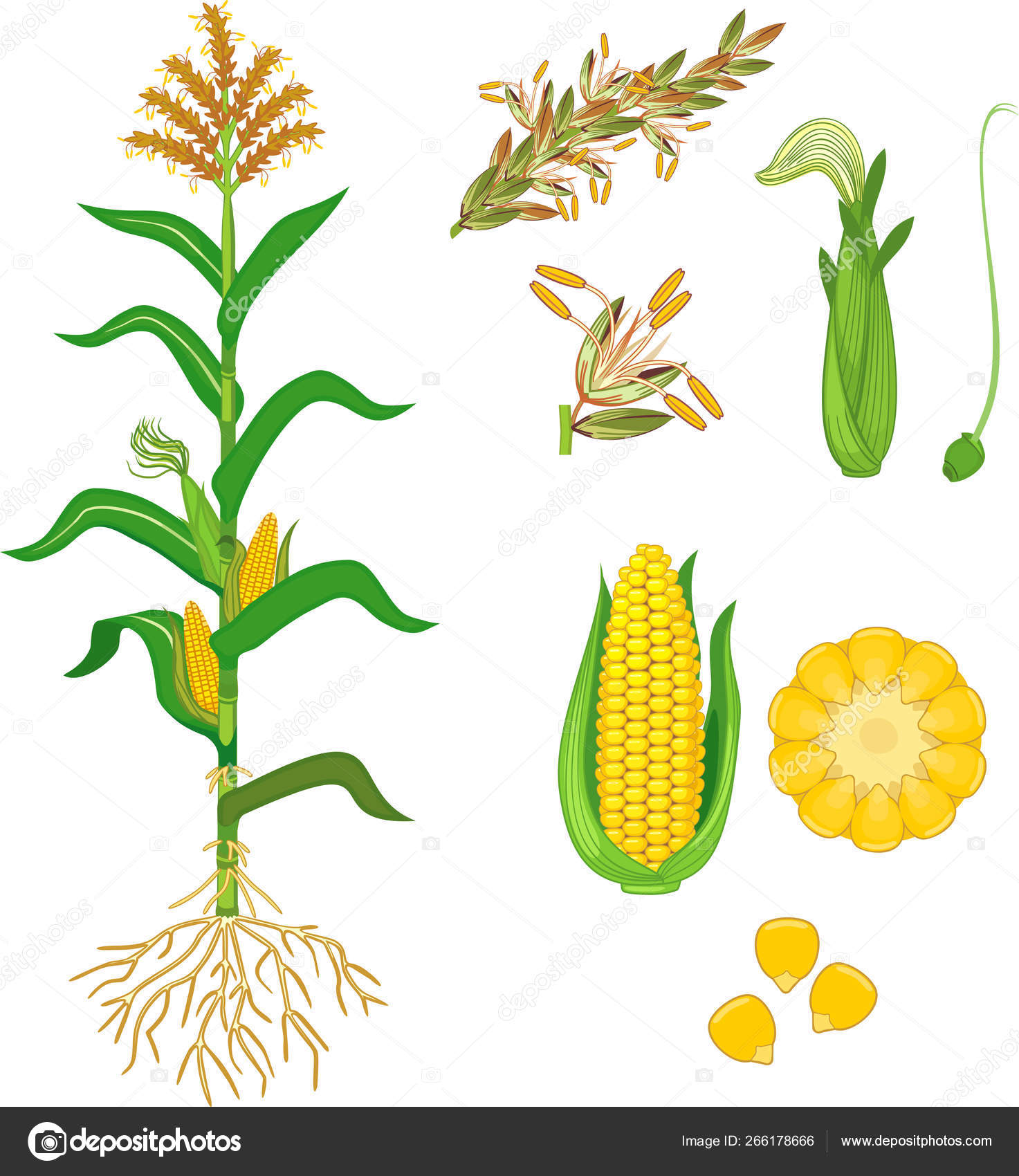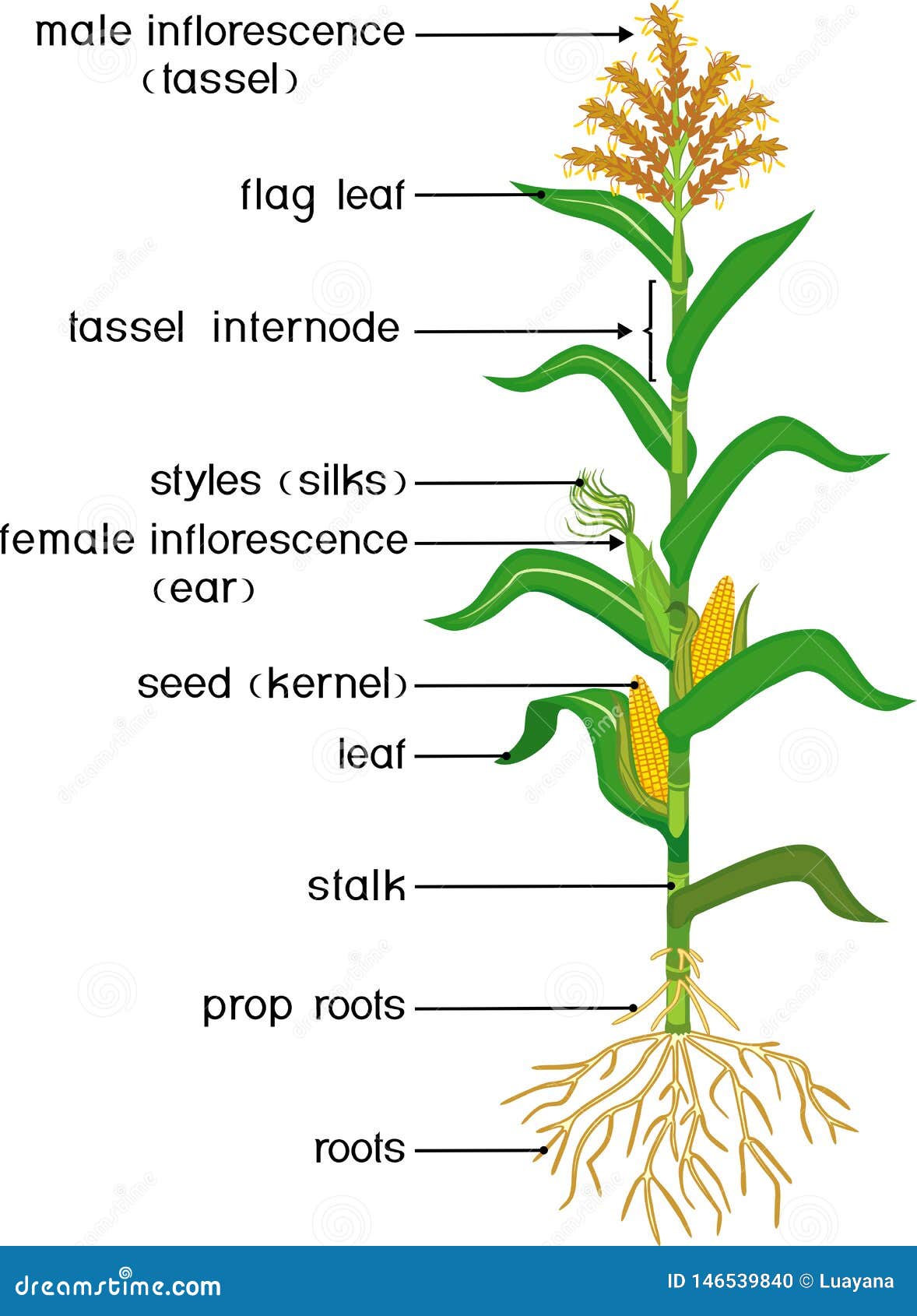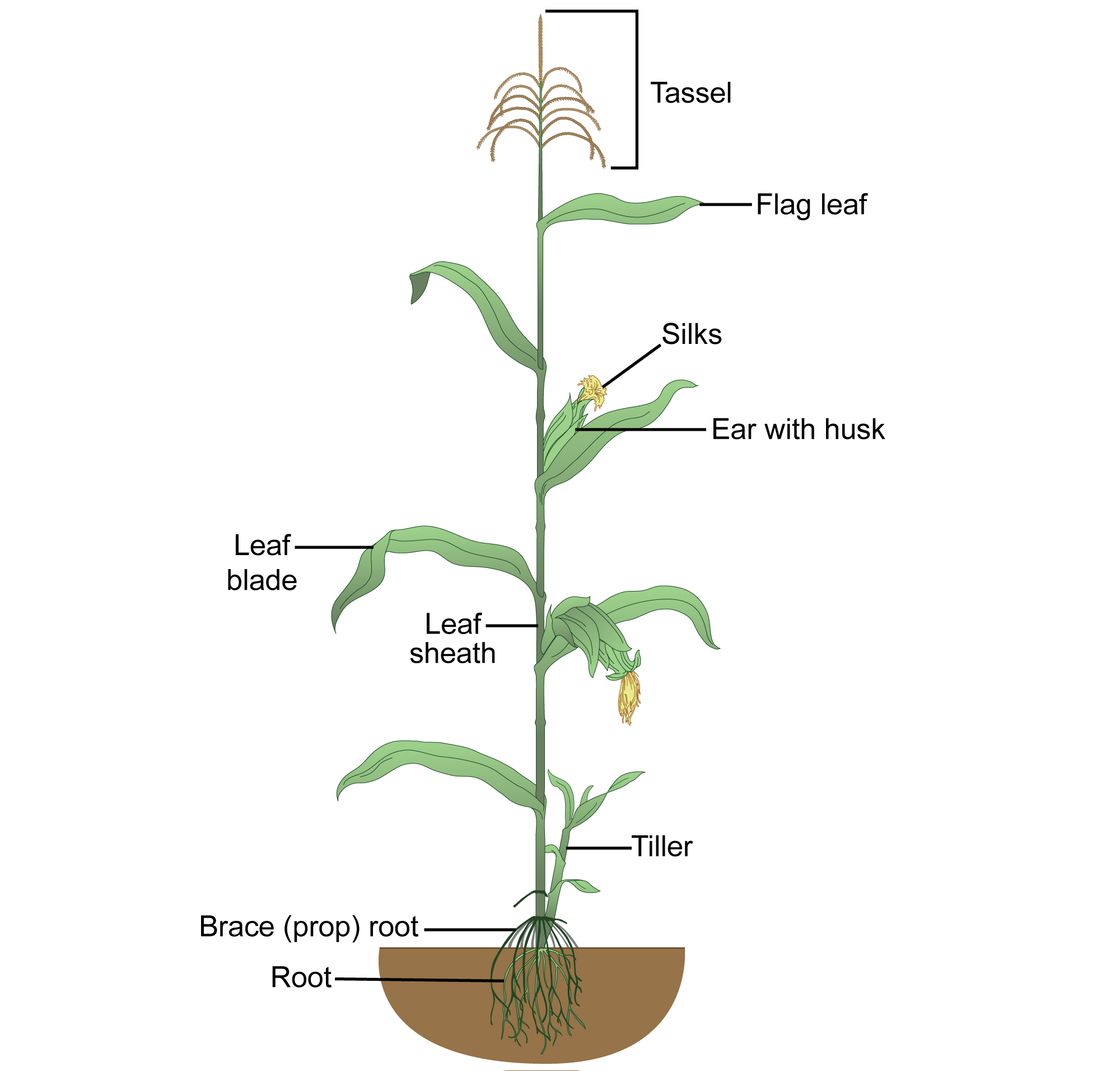Corn: A versatile grain that has captivated civilizations for millennia. From its humble beginnings as a wild grass to its modern-day prominence as a global staple crop, corn carries a rich history and holds endless possibilities.
Unlocking the intricate anatomy of corn is essential to harness its full potential. From the protective husk to the nutritious endosperm, each part of the corn plant plays a vital role in its growth and development.
In this comprehensive guide, we delve into the anatomy of corn, revealing its secrets and unlocking its potential. Join us on this journey as we embark on a corn-filled adventure.
Corn: Unveiling The Anatomy Of A Plant From Kernel To Stalk


Corn, also known as maize, is a cereal grain first domesticated by indigenous peoples in southern Mexico around 7,000 years ago. Its cultivation spread throughout the Americas and later to other continents, becoming a staple food for civilizations worldwide.


The corn plant is a tall, sturdy grass with a fibrous root system. Its stalk, or stem, is composed of multiple internodes (sections) separated by nodes. Leaves emerge from the nodes and form a protective sheath around the stalk.


The tassel, located at the top of the plant, is the male reproductive organ of corn. It produces pollen grains that are carried by the wind to the female reproductive organs, the ears of corn.


The ears of corn, also known as cobs, are located in the axils of the leaves. Each ear is enveloped by a protective husk of modified leaves. Inside the husk, kernels are arranged in rows along a central cob.


Corn kernels are composed of three main parts: the pericarp (outer layer), the germ (inner embryo), and the endosperm (starchy core). The pericarp protects the kernel from damage, while the germ contains essential nutrients and the endosperm provides energy.
Corn: A Versatile Grain With Endless Possibilities
Corn is a versatile grain with a wide range of uses. It is a staple food in many cultures and is used to produce a variety of products, including cornmeal, cornstarch, corn syrup, and biofuels.
Cornmeal is a coarse flour made from ground corn kernels. It is used to make cornbread, tortillas, and other corn-based products. Cornstarch is a fine powder made from the endosperm of corn kernels. It is used as a thickening agent in soups, sauces, and gravies.
Corn syrup is a sweetener made from corn starch. It is used in a variety of food products, including candy, soft drinks, and baked goods. Biofuels are fuels that are produced from renewable sources, such as corn. Corn ethanol is a biofuel that is made from fermented corn.
Corn: A Staple Crop With A Rich History
Corn has a rich history dating back thousands of years. It was first domesticated in southern Mexico around 7,000 years ago and was a staple food for the ancient civilizations of the Americas.
Corn was introduced to Europe by Christopher Columbus in the 15th century and quickly became a popular crop. It was brought to Africa and Asia by European colonizers and is now grown in many countries around the world.
Corn: A Plant With Hidden Secrets
Corn is a plant with many hidden secrets. For example, did you know that corn kernels are actually fruits? That’s right, corn is a fruit of the grass family.
Another interesting fact about corn is that it is a monocot. This means that it has only one seed leaf, or cotyledon, in its embryo. Monocots also have parallel veins in their leaves and fibrous root systems.
Corn: A Versatile Grain With Health Benefits
Corn is not only a versatile grain, but it also has several health benefits. Corn is a good source of fiber, which can help to lower cholesterol levels and improve digestion.
Corn is also a good source of antioxidants, which can help to protect cells from damage. Antioxidants are important for overall health and may help to reduce the risk of chronic diseases such as heart disease and cancer.
Corn: A Plant With Many Uses
Corn is a plant with many uses. In addition to being a food source, corn is also used to produce a variety of products, including biofuels, building materials, and paper.
Corn stalks can be used to make building materials such as insulation and roofing. Corn husks can be used to make paper and other products.
Corn: A Plant With Myths And Legends
Corn is a plant that has been associated with many myths and legends throughout history. In some cultures, corn is believed to be a sacred plant that brings good luck and prosperity.
In other cultures, corn is believed to have magical powers. For example, in some Native American cultures, corn is believed to be able to cure diseases and protect people from harm.
Corn: A Plant To Be Celebrated
Corn is a plant that should be celebrated. It is a versatile grain that has been a staple food for civilizations for thousands of years.
Corn is a plant with many uses, from food to fuel to building materials. It is also a plant that has been associated with many myths and legends throughout history.
Let’s raise a glass to corn, a plant that has given so much to humanity.
Corn: Unveiling The Anatomy Of A Plant From Kernel To Stalk
The anatomy of corn is a complex and fascinating subject. From the protective husk to the nutritious endosperm, each part of the corn plant plays a vital role in its growth and development.
In this article, we have taken a closer look at the anatomy of corn, revealing its secrets and unlocking its potential. We hope that you have found this information to be helpful and informative.
If you have any further questions about the anatomy of corn, please do not hesitate to contact us. We are always happy to help.
Corn: Tips For Growing And Harvesting
Corn is a relatively easy plant to grow, but there are a few things you can do to improve your chances of success.
<
